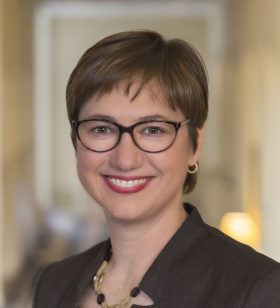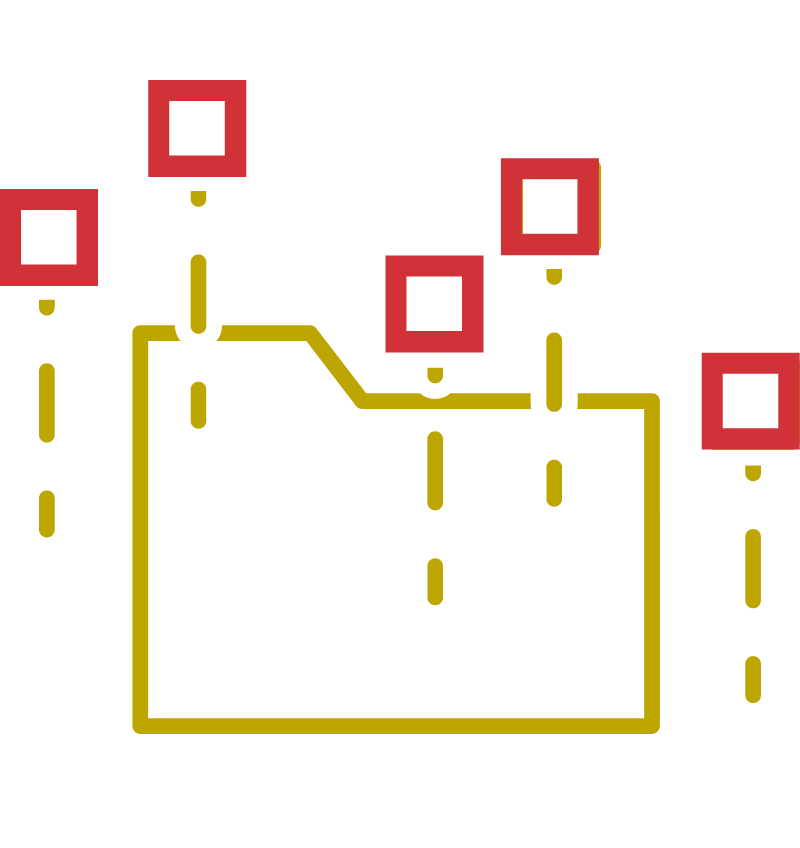Donor advised funds (DAFs) are white hot. Like ignited fuel cells attached to sleek rocket ships hot.
Contributions to DAFs have risen almost 50% since 2020. Assets under management at the top 1,000 sponsors now total more than $234 billion. Billion. With a B.

But it’s not just the amount of money in DAFs that’s remarkable – giving from DAFs is astonishingly high, too.
According to a must-read new report from the National Philanthropic Trust, giving from DAFs in 2021 rose more than 28 percent from the year prior – and remember, 2020 was the first Covid-19 year, when there was a massive outpouring of philanthropy, especially to human service organizations.
In 2021 nearly $46 billion was given in grants to nonprofits from donor advised funds. Giving USA reports that total giving last year was $327 billion, so that’s 14% of all giving.
I know, all of these numbers are kind of hard to relate to. They’re just statistics in the stratosphere, but here’s something that brings them a little closer to earth.
Let’s look at how those numbers compare to trusty old private foundations that we know so well: In the US in 2021, foundation assets under management totaled approximately $1.3 trillion (trillion!) and those foundations gave roughly $96 billion.
So foundations manage roughly six times the assets as DAF sponsors but in 2021 foundations donated less than twice as much as DAFs. (Oh, and foundations can count salaries and other expenditures in their reported payout rate, too, so the actual amount going to nonprofits is less than the $96 billion reported).
Why are foundations less generous than donor advised funds?
Perhaps one reason why the ratio of assets to giving is so low is because foundations see the 5% required payout as a ceiling, rather than a floor. That’s what they’re required to give, so that’s what they give.
It remains to be seen what impact the ACE Act will have on DAF giving, but at least for now, individual donors who direct grants from their DAFs don’t have any ceilings or floors.
But there are definitely walls.
What do I mean by that?
Well, there are real and perceived barriers to finding and creating relationships with DAF donors.
- There’s a sense that, unless a donor gives from a DAF (or mentions that they have one), it’s impossible to know.
- There is a lack of transparency if the donor advised fund, “The Rainy Day Fund,” makes a donation to the nonprofit you work for and the sponsor doesn’t share who the living, breathing donor is.
- Or, even if you’ve discovered that a fund sponsors education, or the environment, or children’s health, or whatever, that there’s no clear path to making contact. Especially if the fund is called something generic like “The Sunshine Fund.”
But there are strategies that work for finding and connecting with DAF donors.
The first way is identifying DAFs that fund what you do and finding out if the donors in your database (or however you track donations) have a donor advised fund. Here at The Helen Brown Group we started keeping track of donors and DAFs for the research we do for our clients, and now that growing database, called DAFinitive™, is available for everyone to use to find funds, donors, and their interests.
Once you’ve found donors and funds you want to connect with, what’s next? In a recent Nonprofit POWER summit keynote address by Vicky Kelberer, Research and Strategy Group Manager at Vanguard Charitable, Kelberer provides some great advice for nonprofits.
Most important, she says, is making sure your nonprofit’s information is up-to-date in places like Candid and PayPal Grants Payment portal. In a surprising (to me, anyway) reveal, Kelberer said that Candid’s motherlode of information about nonprofits in America is the primary source of data that DAF sponsors use to help their fund-holders find and recommend nonprofits to grant to.
Kelberer also advises nonprofits to make it very apparent on their websites that they welcome DAF grants, and make it easy for DAF donors to click through to donate from their DAF.
What about relationship-building with DAF holders? Is that possible?
Absolutely.
Even if the nonprofit you work for received a gift from a DAF called something like “Wellspring Fund” where no donor name is apparent.
In all of the interviews and newsletters I’ve read and panel discussions I’ve watched, one thing is clear: DAF sponsors enthusiastically recommend that recipient nonprofits send a thank you to the fund’s donors – directly if you know them, or in care of the sponsor if the donor isn’t clear.
Sponsors promise that they will forward along your thanks directly to the donor, and say that they are glad to close that loop.
It’s a win-win-win: donors feel good about both the nonprofit and the sponsor; nonprofits are able to connect with the donor and thank them; and the sponsor enables philanthropy and has helped facilitate happiness in their client (who will hopefully feel even more of a bond with them).
DAF donors miss out on the thanks they’d normally receive if they gave a gift directly, but they don’t have to. Treat a DAF donation like every other opportunity to make a personal connection, and don’t forget to include your contact information so that the donor can contact you back directly if they wish!
Finally, don’t forget that DAF sponsors are donors, too.
If you run a program that has high impact in your local area, work to forge relationships with program officers and trustees at your local community foundation and let them know how your nonprofit makes the community a better place. When DAF donors and advisors pass away, their funds become part of a community foundation’s endowment, and that funding is granted directly by the community foundation’s staff and trustees.
Donor advised funds are growing at an astonishing rate, and with payout rates averaging 16% to 22+% annually they are a funding source that soars ahead of foundations and corporate giving. Sitting somewhere in the space between individuals and foundations, DAFs are a funding stream that, increasingly, nonprofits are approaching with intent, strategy, and success.
• • •
 About the Author
About the Author
Helen E. Brown is president of The Helen Brown Group LLC, a full-service prospect research consulting company headquartered in Watertown, MA with consultants in 15 states. She is also founder of DAFinitive™, a search tool for information about donor advised funds, their donors, and gifts. Helen is past president of the New England Development Research Association and a former board member of APRA. Helen is the co-author of Prospect Research for Fundraisers; the essential handbook (Wiley & Sons).


